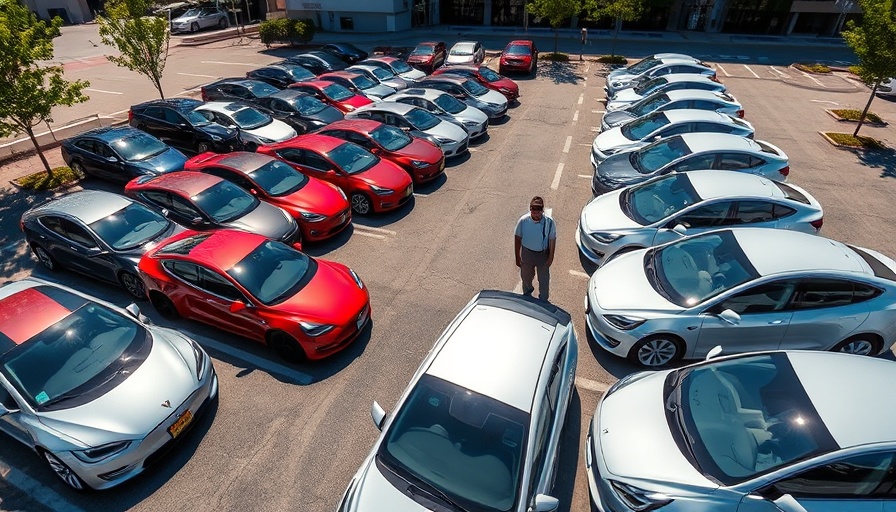
Tragic Incident Unfolds: A Call for Automotive Safety Reforms
The heart-wrenching death of two college students in a Tesla crash has sparked a legal battle and renewed attention to automotive safety design flaws. The incident, which claimed the lives of Krysta Tsukahara and her friend, Jack Nelson, is not just about individual responsibility but highlights crucial design aspects that could protect future passengers.
Understanding the Design Flaw: What Went Wrong?
According to the parents' lawsuit, the students were trapped in a Cybertruck as it erupted in flames after a catastrophic crash. The design flaw at the center of this tragedy is linked to the vehicle doors, which are controlled by an electric unlocking mechanism powered by its battery. During the fire, this battery could fail, rendering the doors inoperable and preventing escape. Furthermore, the manual release intended for emergencies is reportedly hard to find and challenging to operate under distress.
Tesla's Past Issues with Vehicle Safety
This isn’t the first time Tesla has faced scrutiny over safety concerns. Recently, the National Highway Traffic Safety Administration opened investigations after drivers reported being unable to open the doors of their vehicles following an accident. One particularly alarming case involved parents who needed to break their windows to rescue their children trapped inside. The growing list of complaints emphasizes the urgent need for reform and accountability in automotive manufacturing.
Regulatory Responses and Consumer Confidence
The implications of this legal action could reach far beyond a court ruling. As federal regulators investigate Tesla’s practices, the automotive industry may be prompted to review safety standards comprehensively. This situation could increase consumer concern regarding Tesla vehicles, especially as the company pushes toward self-driving technology, which demands rigorous safety protocols.
Looking Ahead: The Demand for Safety Innovations
As more families face the unthinkable, the call for enhanced vehicle safety measures becomes louder. The tragic loss of Tsukahara and Nelson serves as a poignant reminder of the risks posed by present automotive designs. The automotive community must prioritize not only performance and innovation but also the safety and survivability of passengers.
Conclusion: Advocating for Change
The ongoing lawsuits and investigations remind us of our collective responsibility—manufacturers, regulators, and consumers—to advocate for significant changes in automotive safety design and practices. This tragic event must prompt discussions that lead to actionable improvements to prevent such occurrences in the future.
 Add Row
Add Row  Add
Add 




Write A Comment